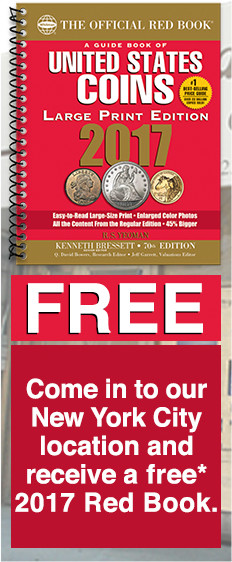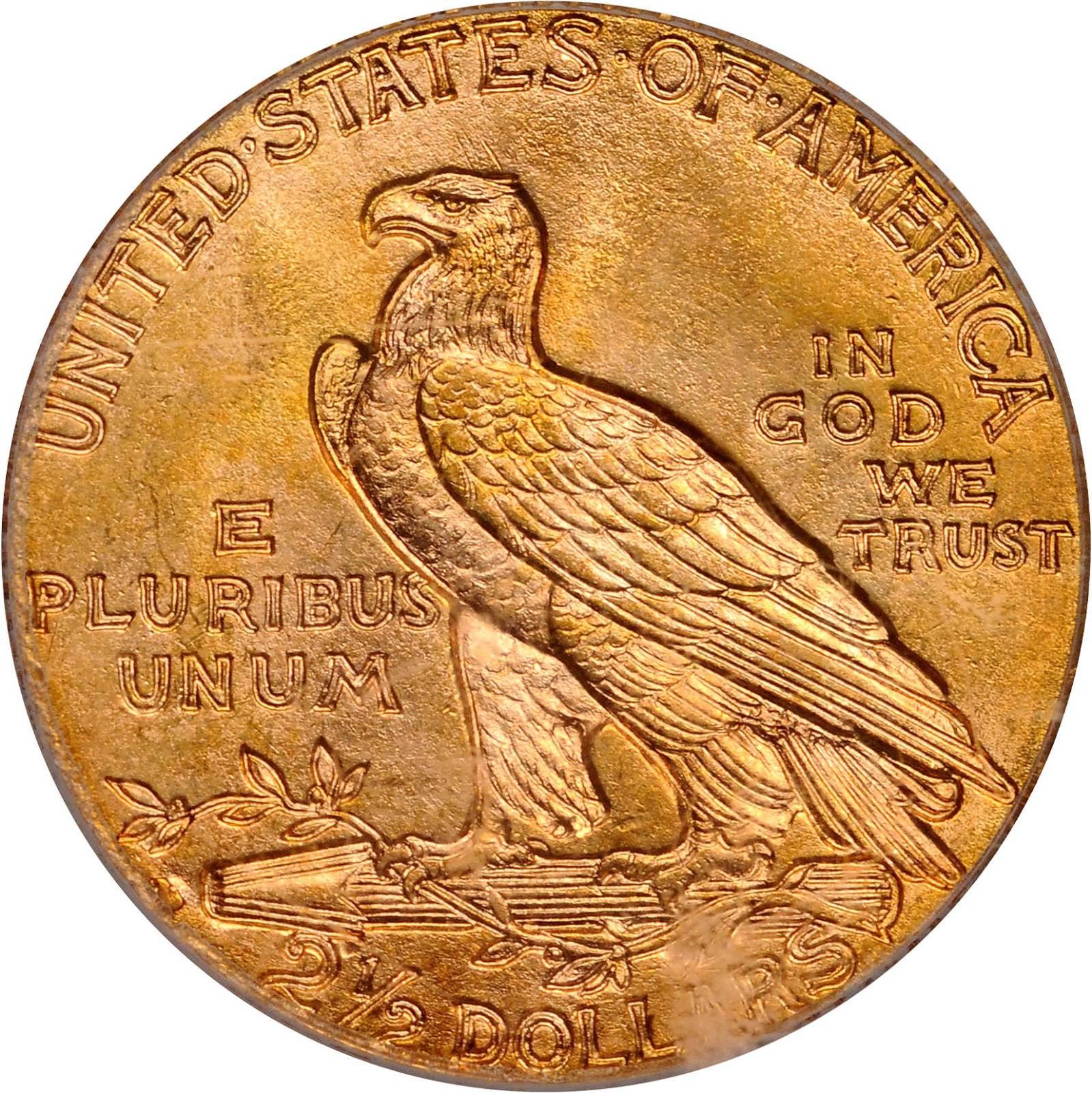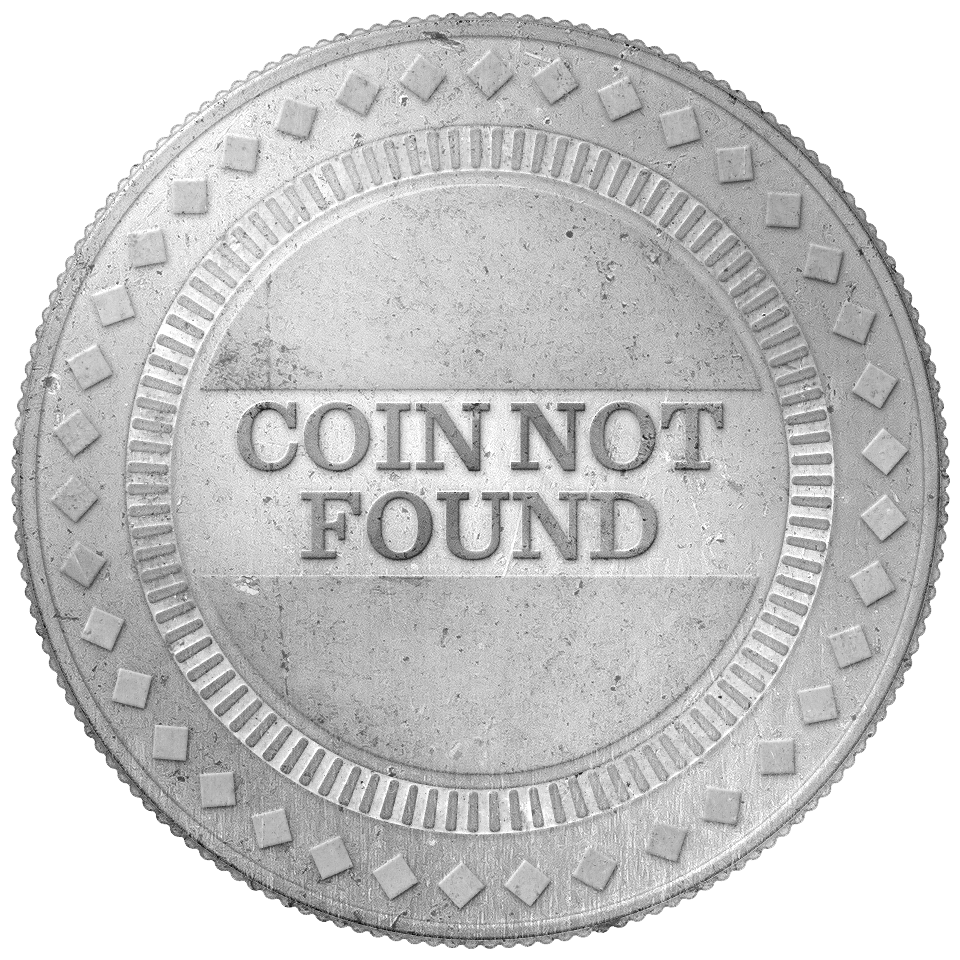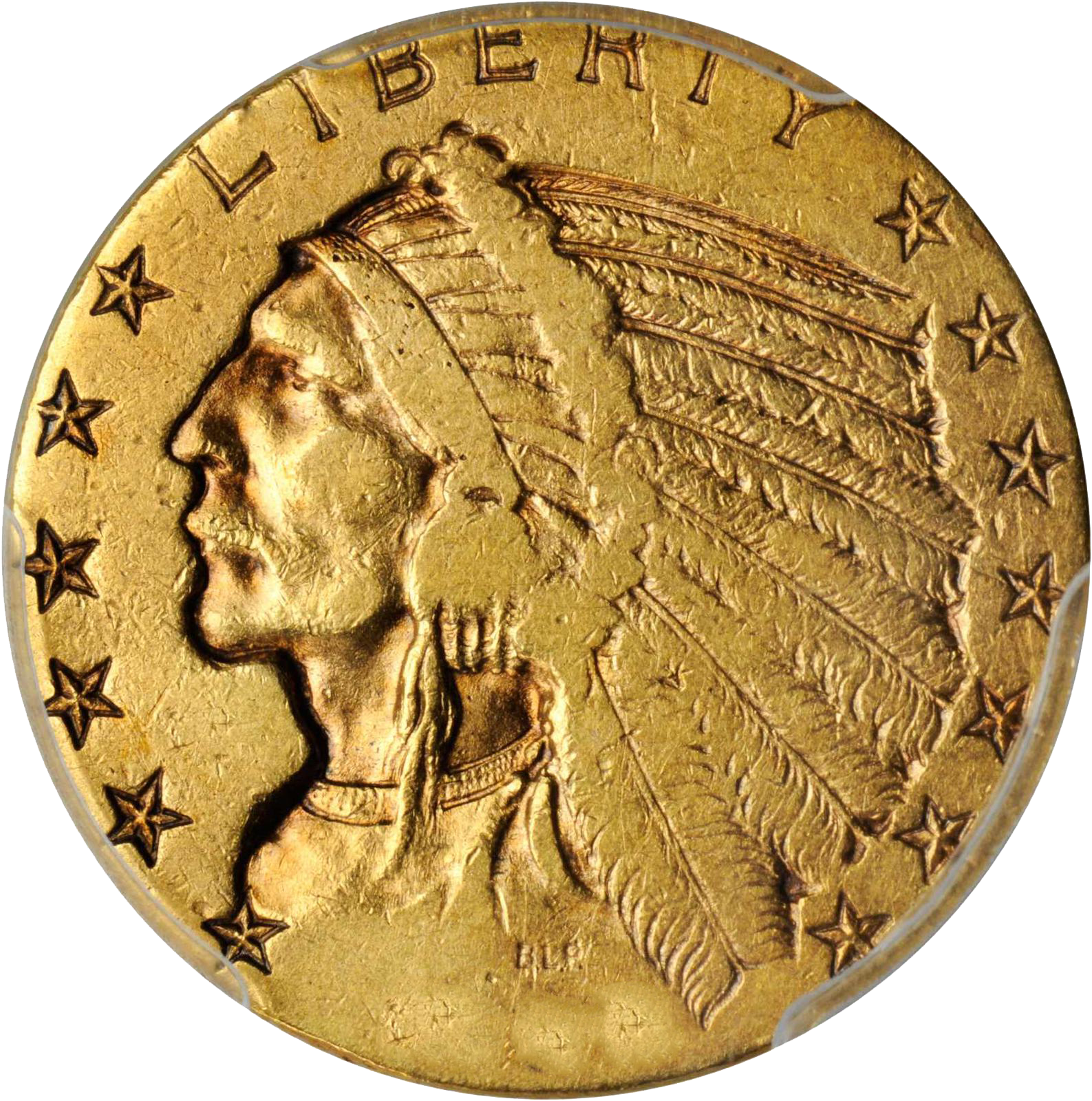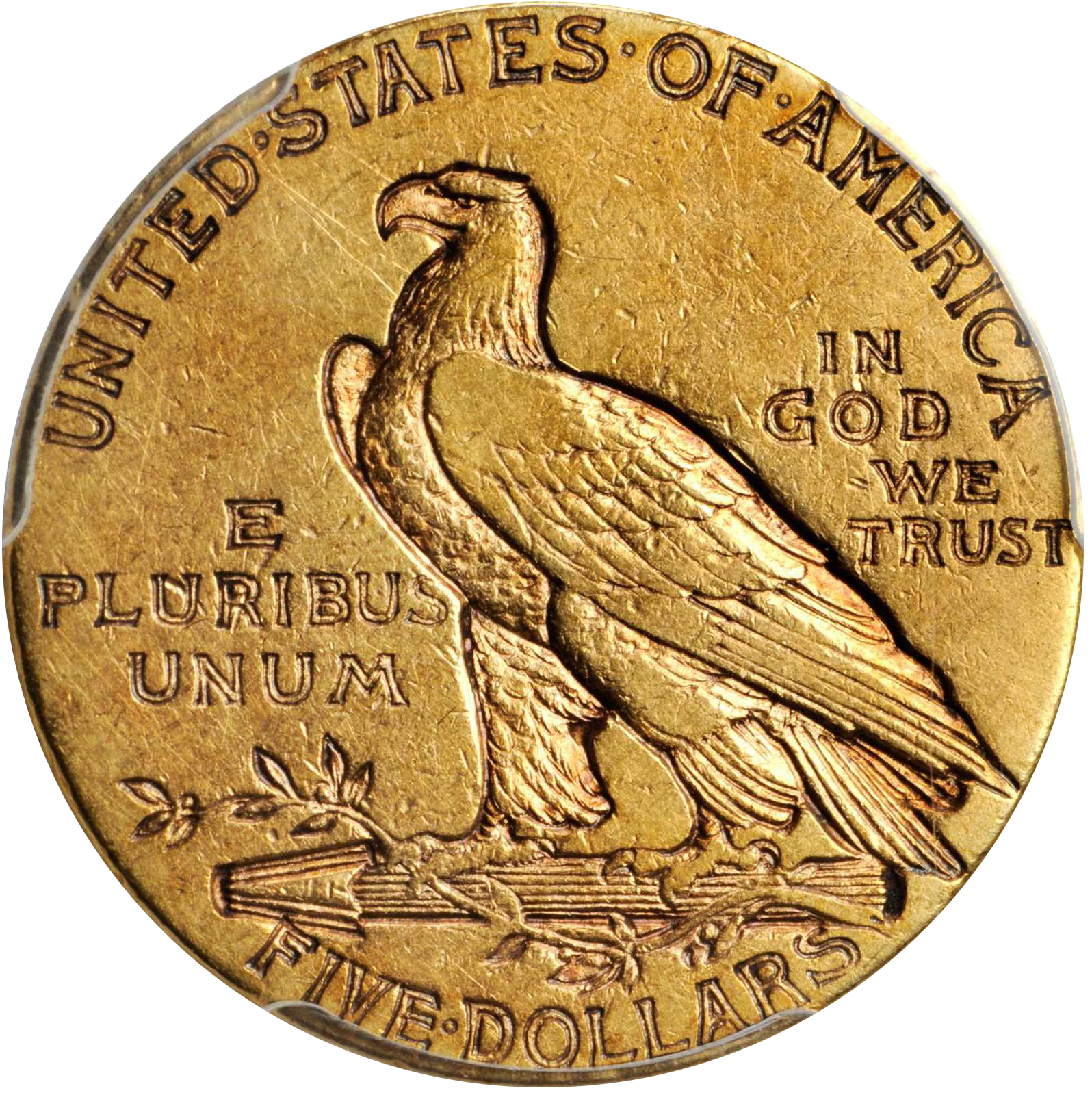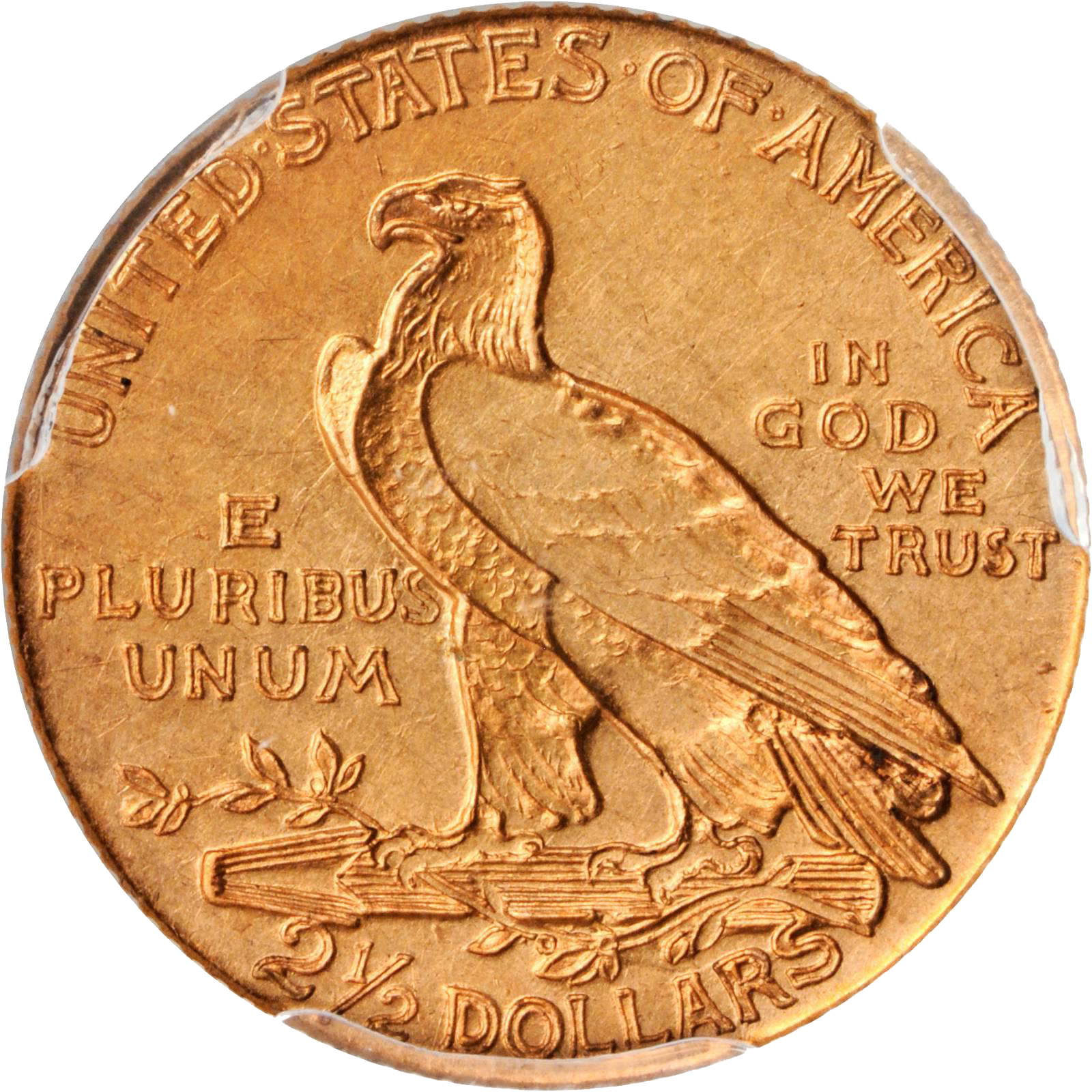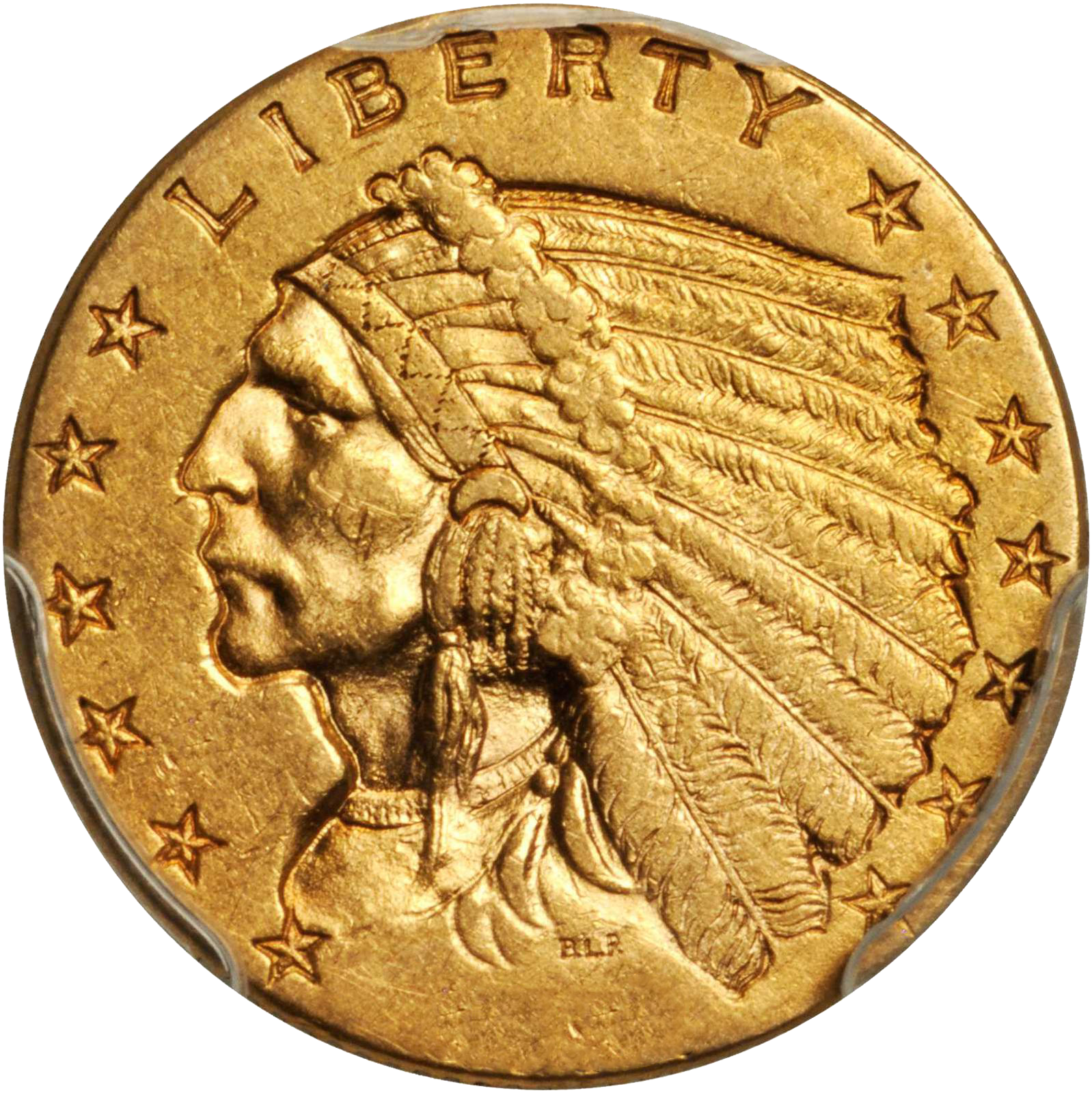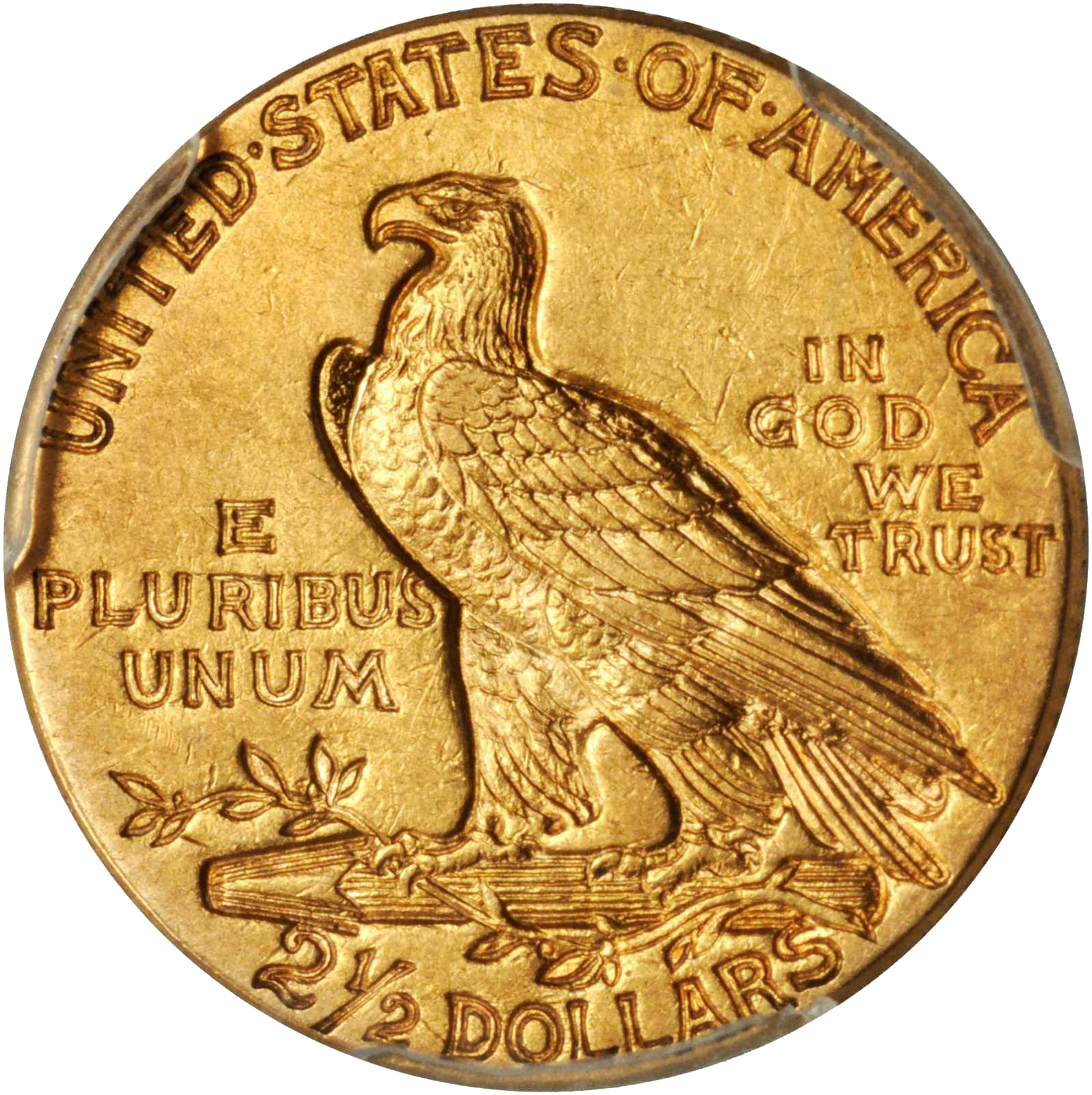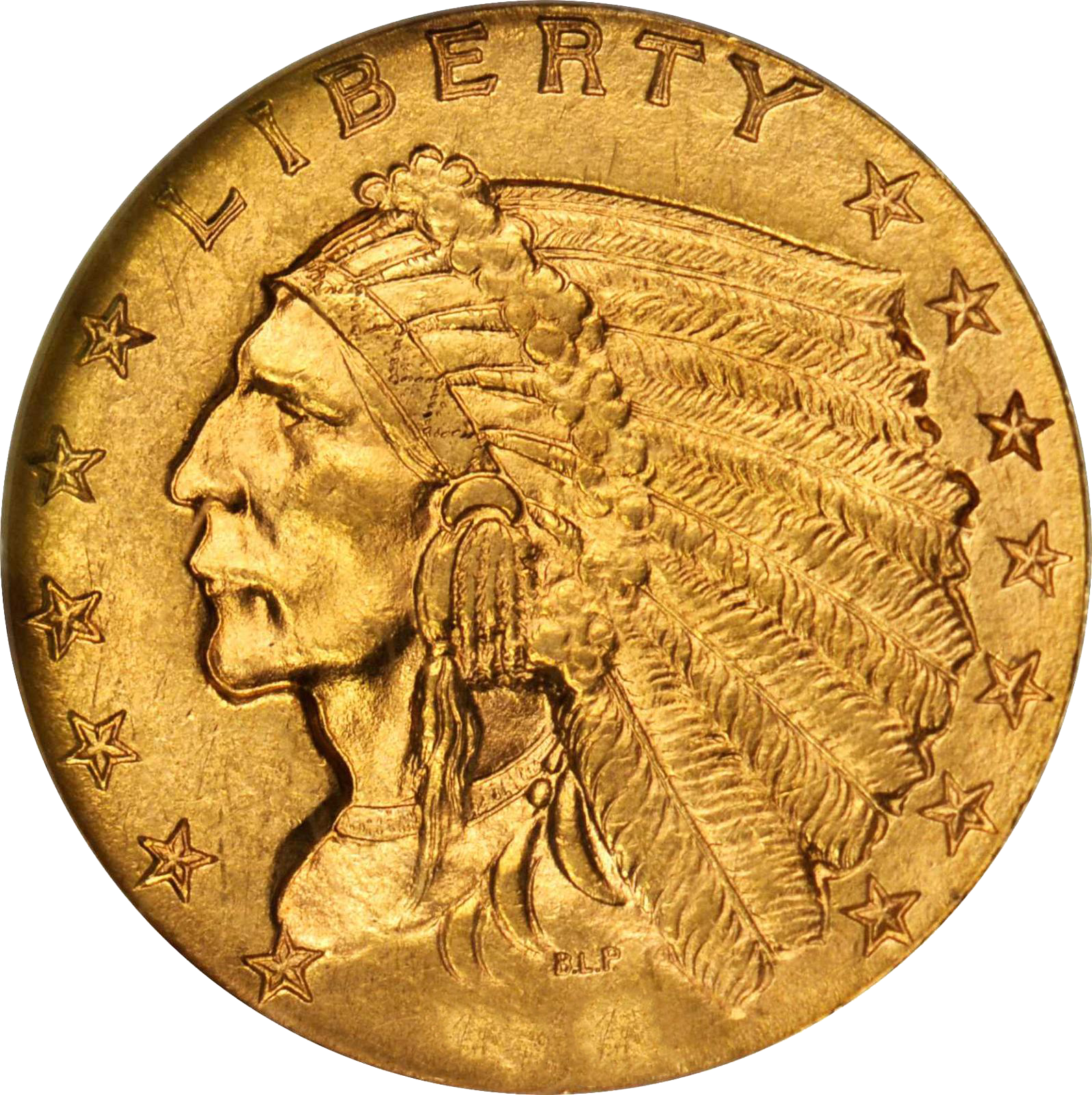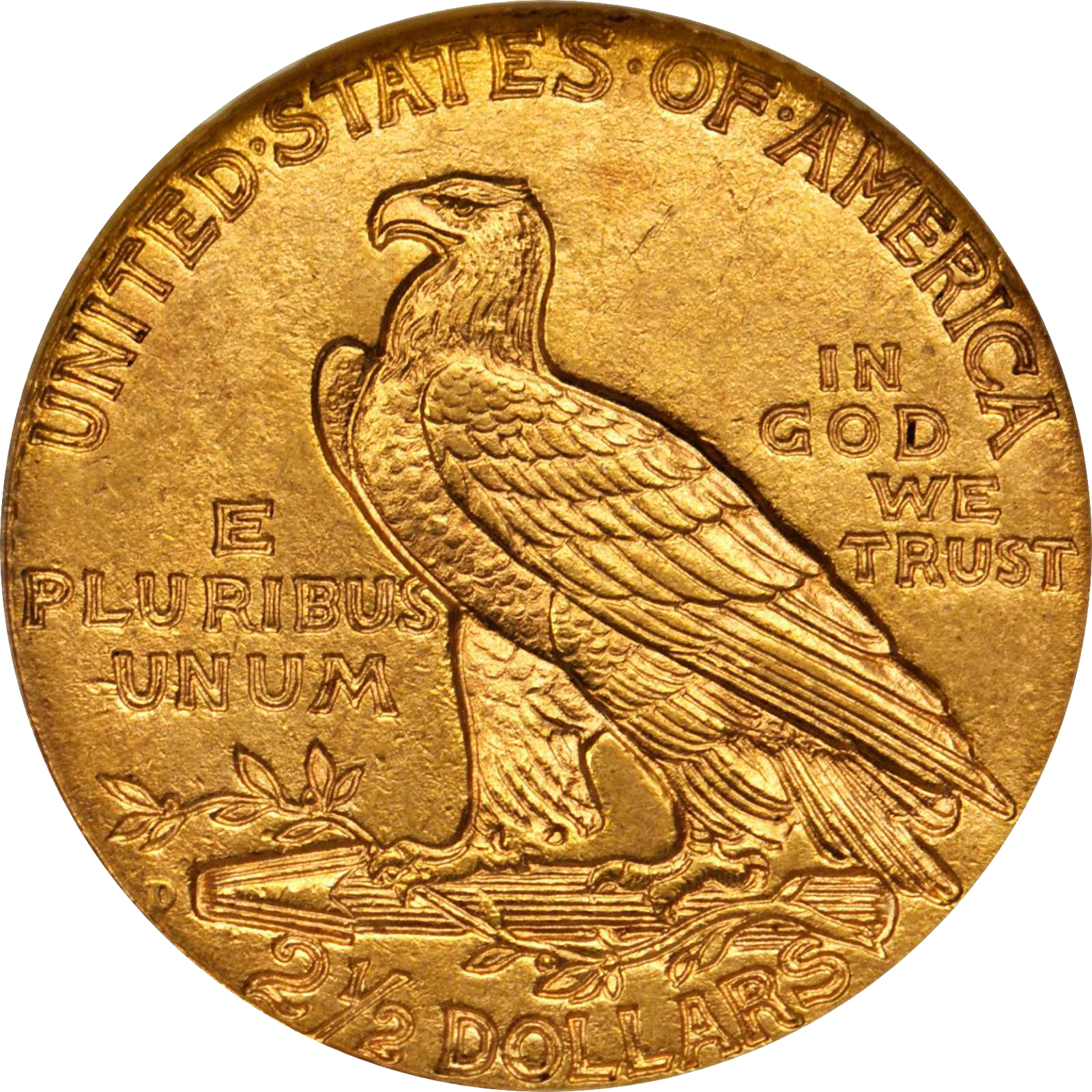Value of 1908 Indian Head $2.50 Gold
$205
$250
History, Information, and Value of 1914-D Indian Quarter Eagle Gold
Value of 1914-D Indian Head Quarter Eagle
The 1914-D quarter eagle is considered to be the most poorly struck quarter eagle of the series, with weak central elements and peripheral swelling usually visible on both sides. In spite of this, the luster is typically above average, with a frosty texture and minimal granularity. The natural color varies across examples, including yellow-gold, green-gold and coppery hues, though many pieces have been mishandled and may appear overly bright.
Despite a reasonably substantial mintage figure, the 1914-D ranks third in overall rarity for the series, only slightly more available than the famed 1911-D in some grades. Examples are easily acquired up through MS-62, becoming more elusive in MS-63 and MS-64. Gems, however, are rare, as this date and mint is among the rarest of the series in grades of MS-65 and above. Experts suggest that just 80 coins remain in Gem condition, the finest of which grade only MS-65+. Because of this extreme conditional rarity, certified population reports of this Denver Mint coin have been heavily inflated by resubmissions and do not reflect the true scarcity of this issue in higher Mint State preservation.
The text on the Indian Head Quarter Eagle reads as follows. Obverse: LIBERTY; Date; B.L.P. | Reverse: UNITED STATES OF AMERICA; E PLURIBUS UNUM; 2 1/2 DOLLARS; IN GOD WE TRUST
If the text on your coin is not consistent with the text above, you either have a counterfeit, or you have a silver round with gold toning. Silver rounds were introduced recently that bear this same design. With gold toning covering them, it could be easy to confuse your coin for a gold coin. Please look for the word “Copy,” “0.999 Fine,” or “Silver,” before asking our experts what the value of your gold coin is. If you need help determining the condition of your coin, we are rare coin experts and would love to help.




